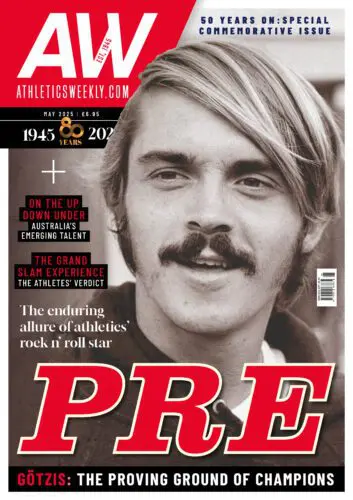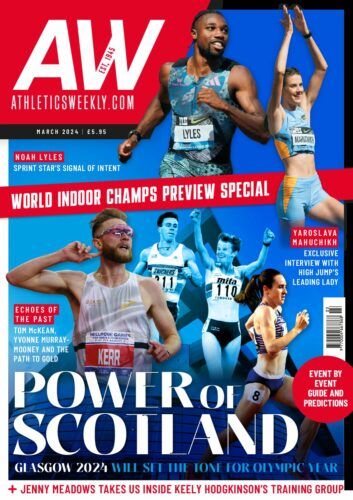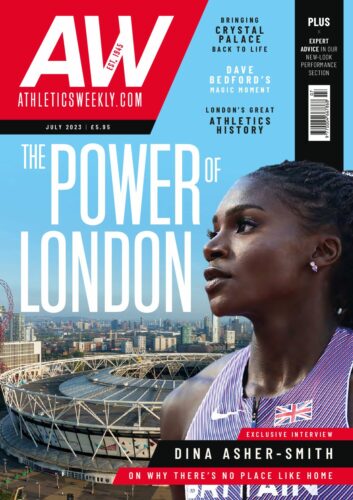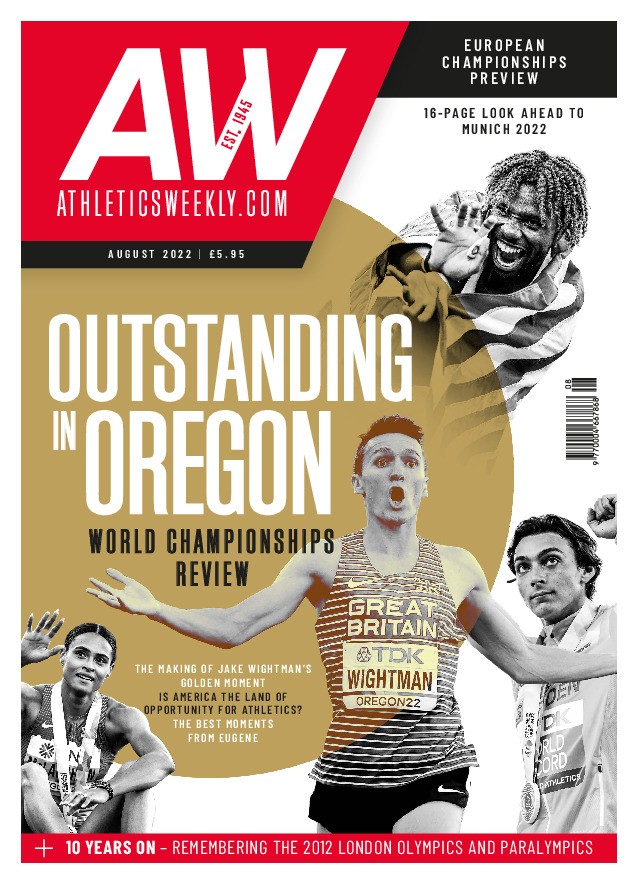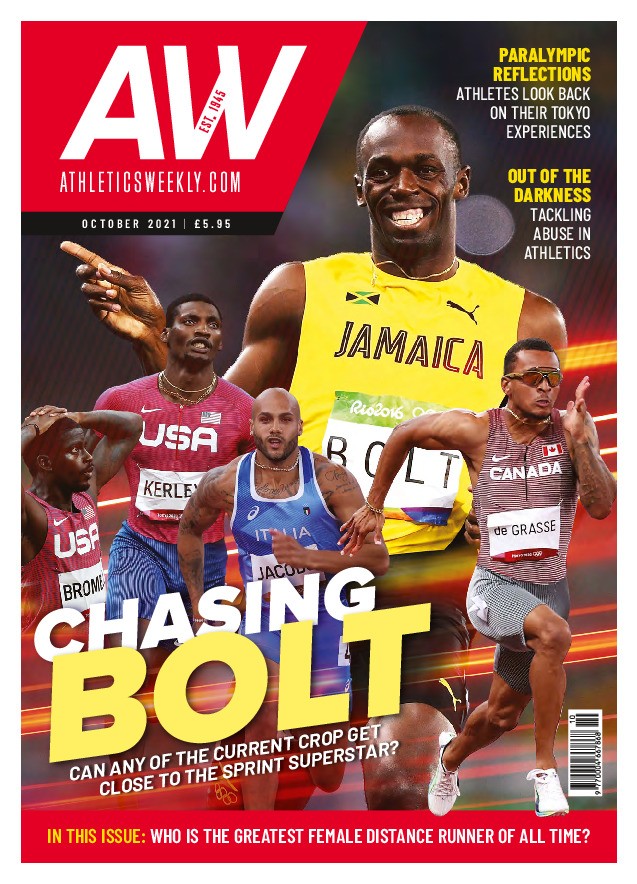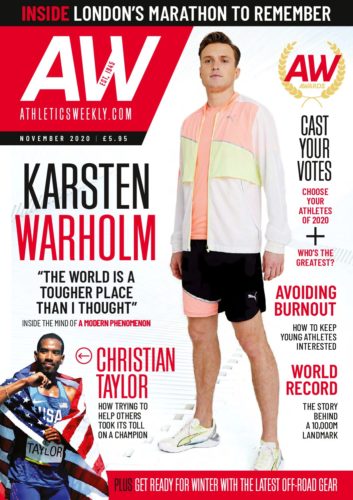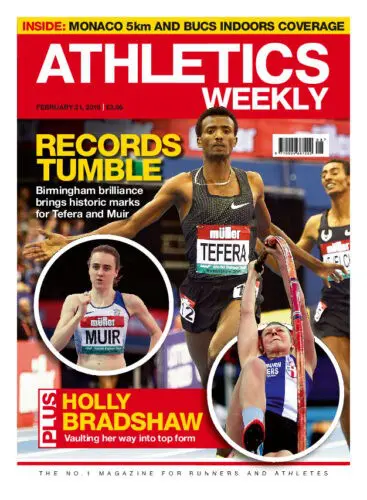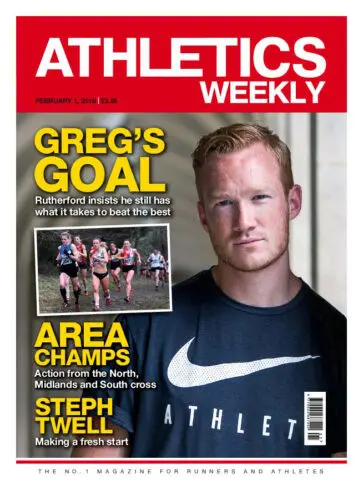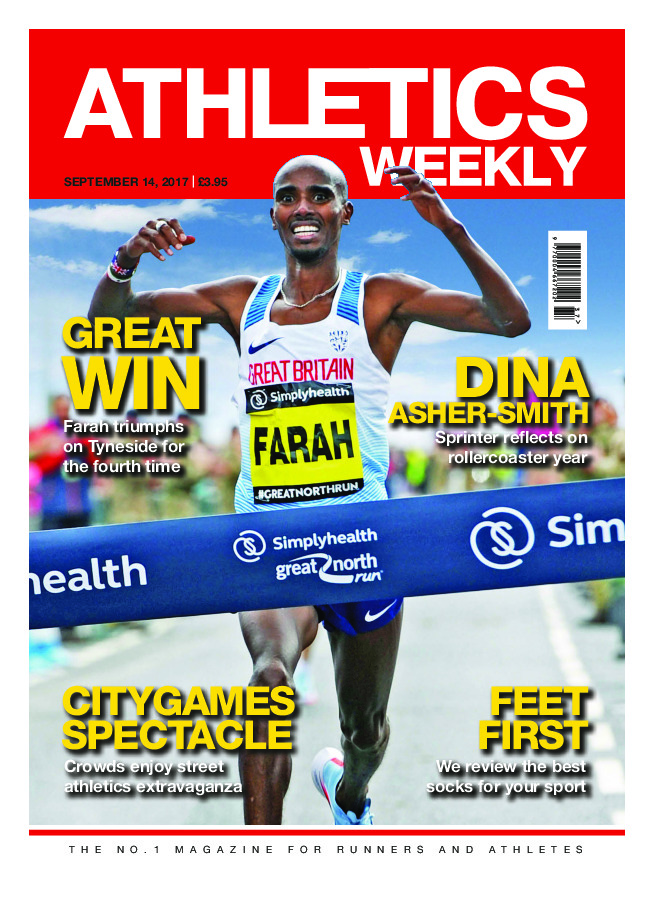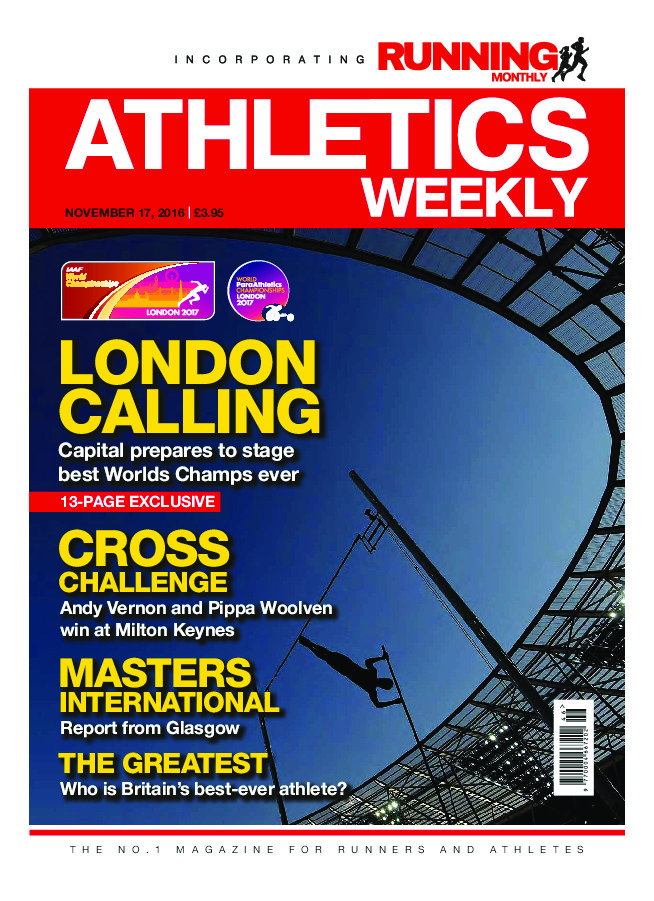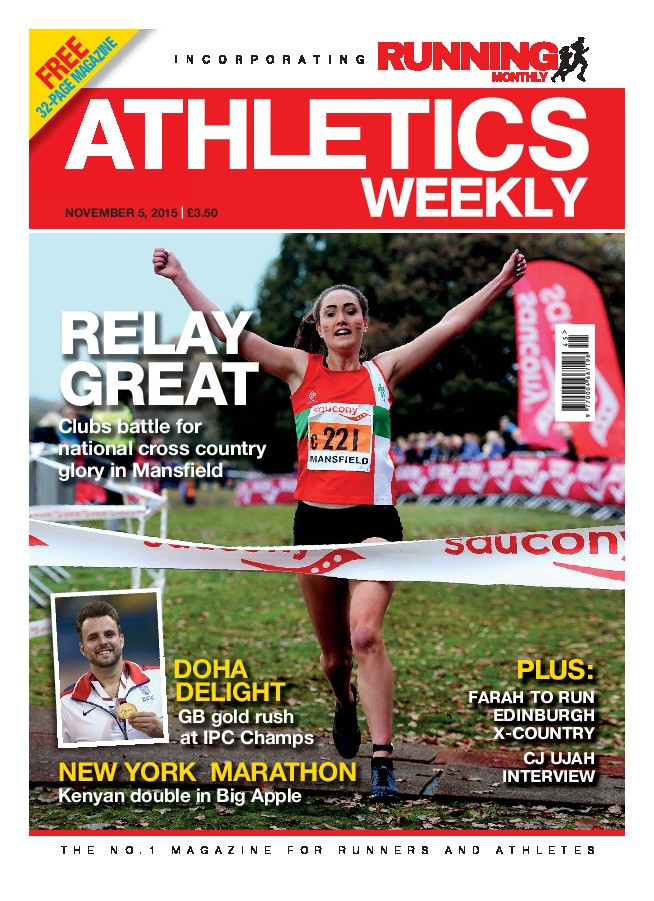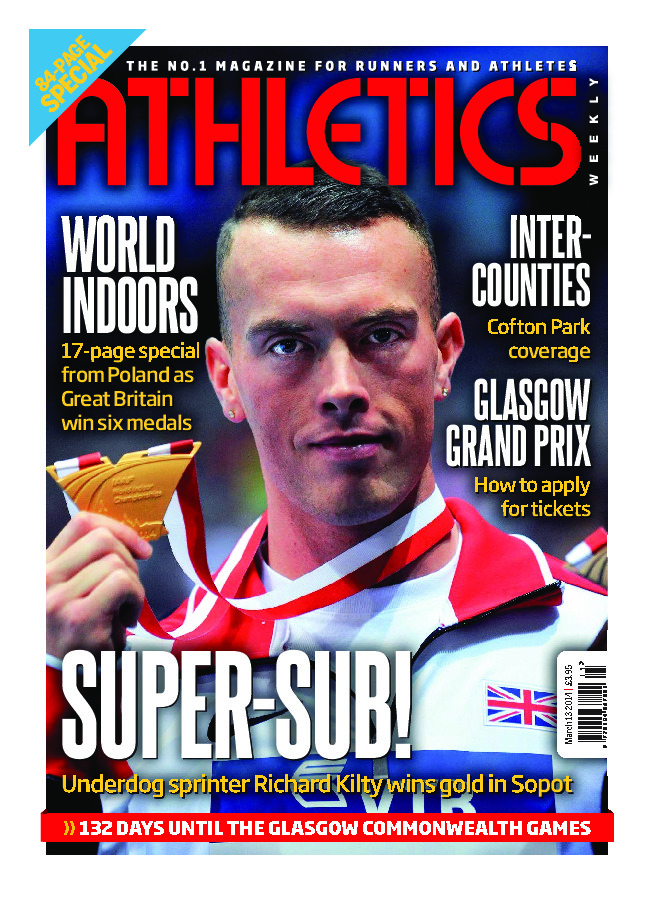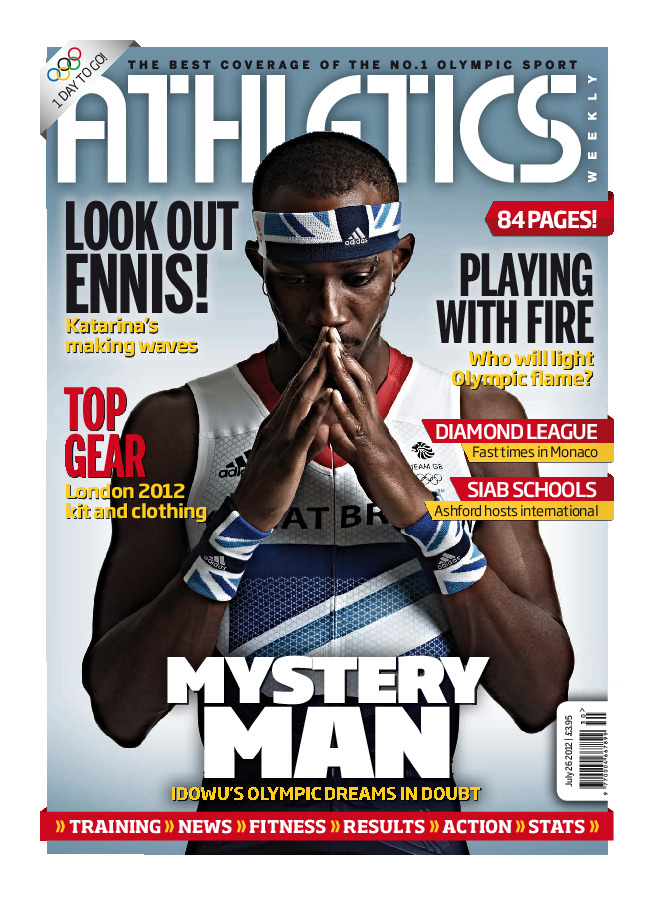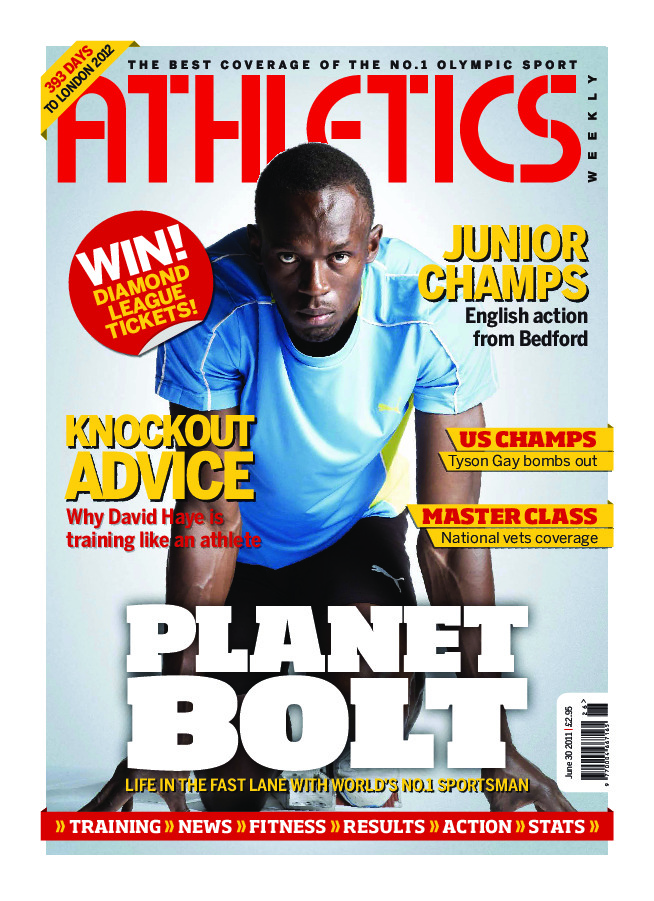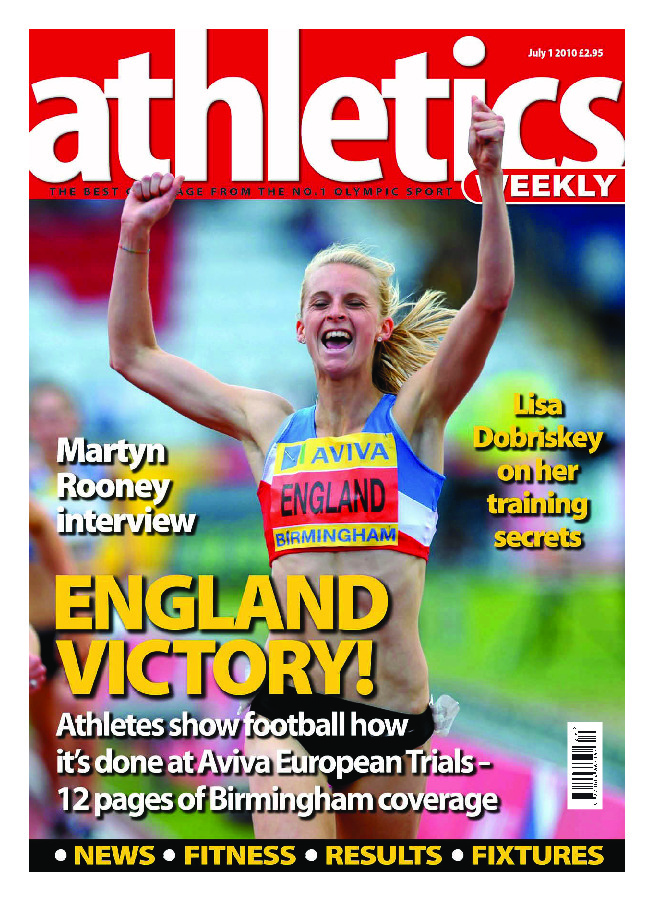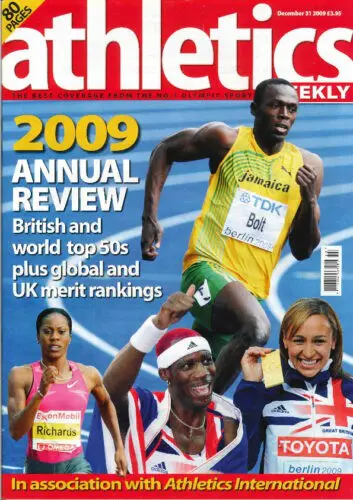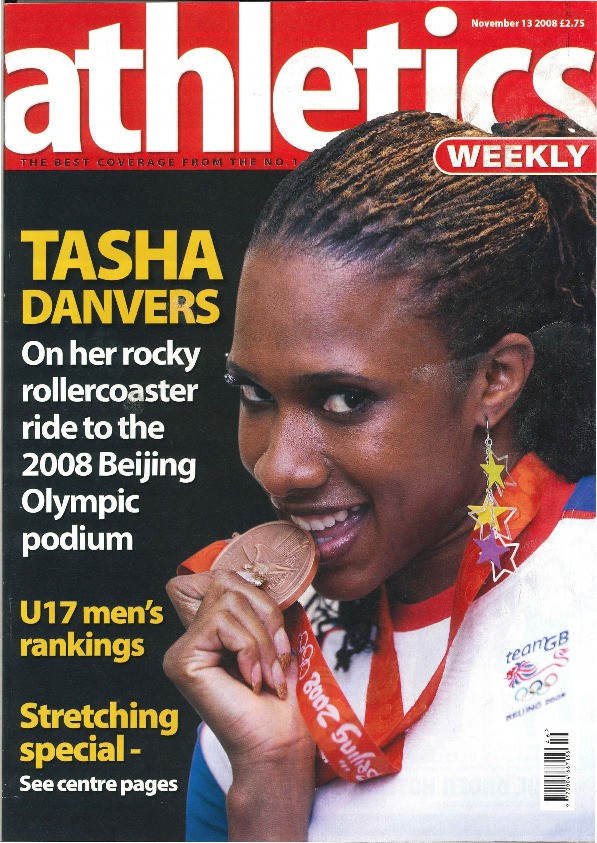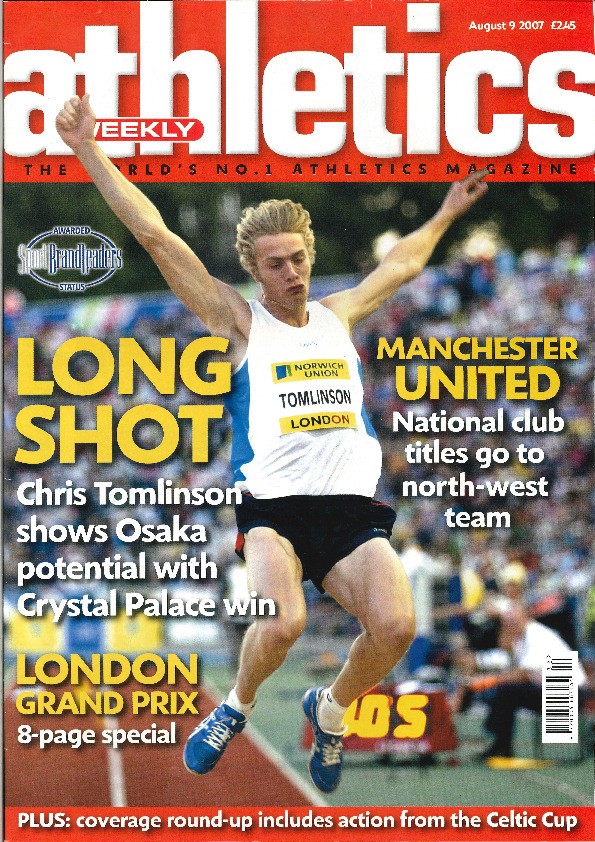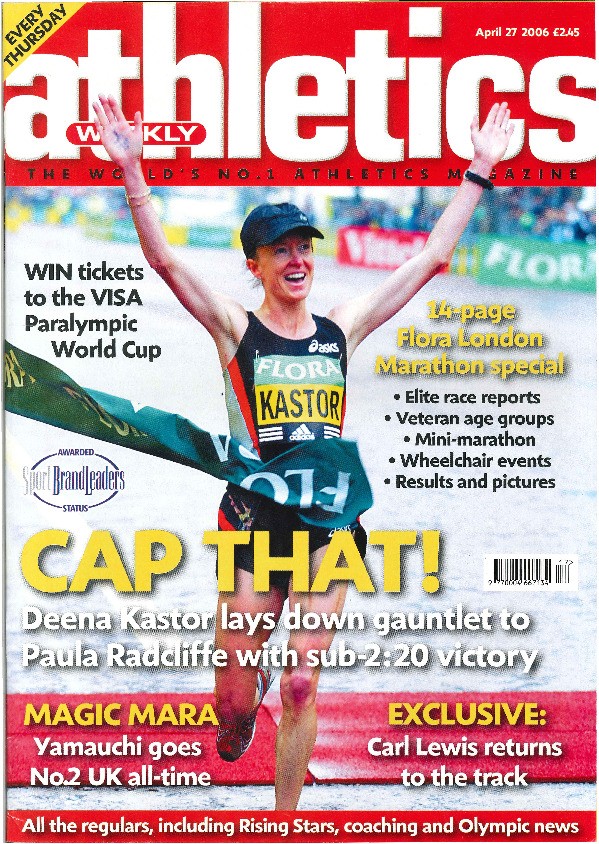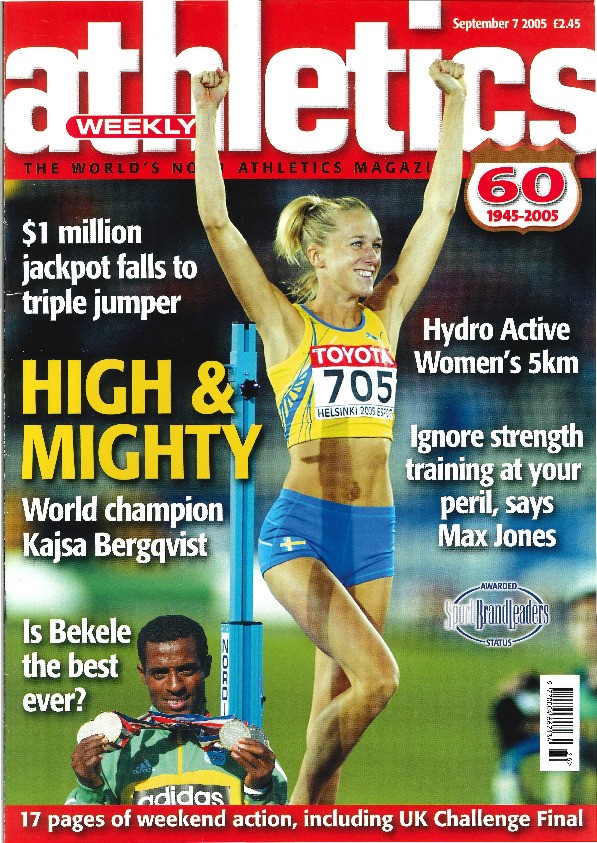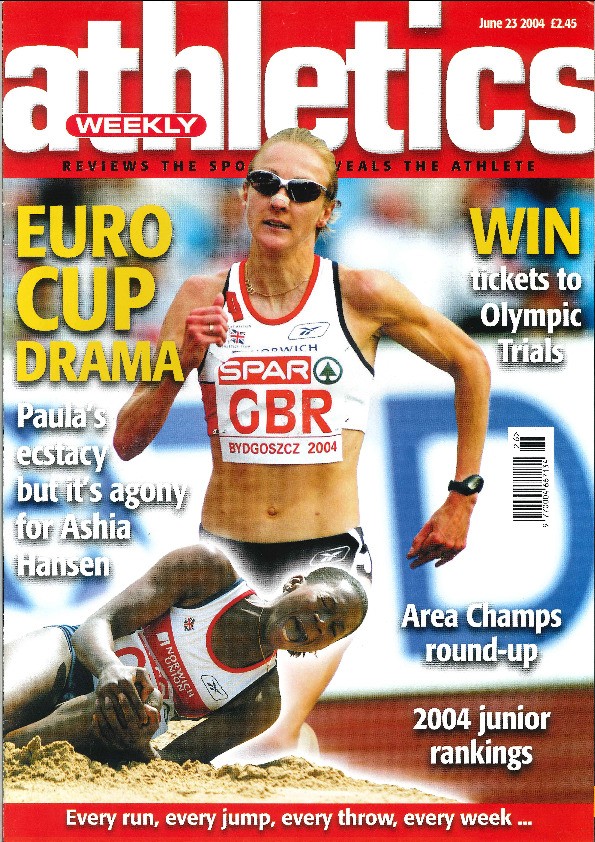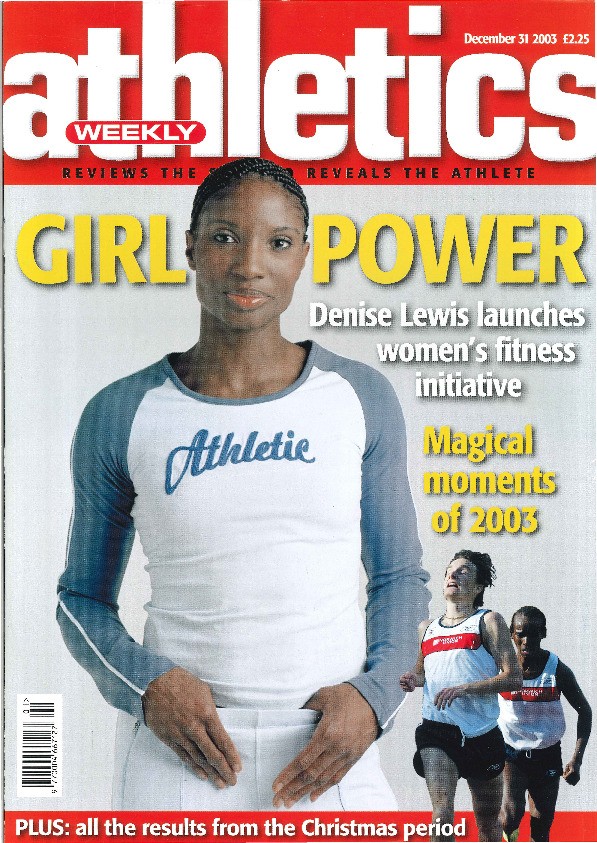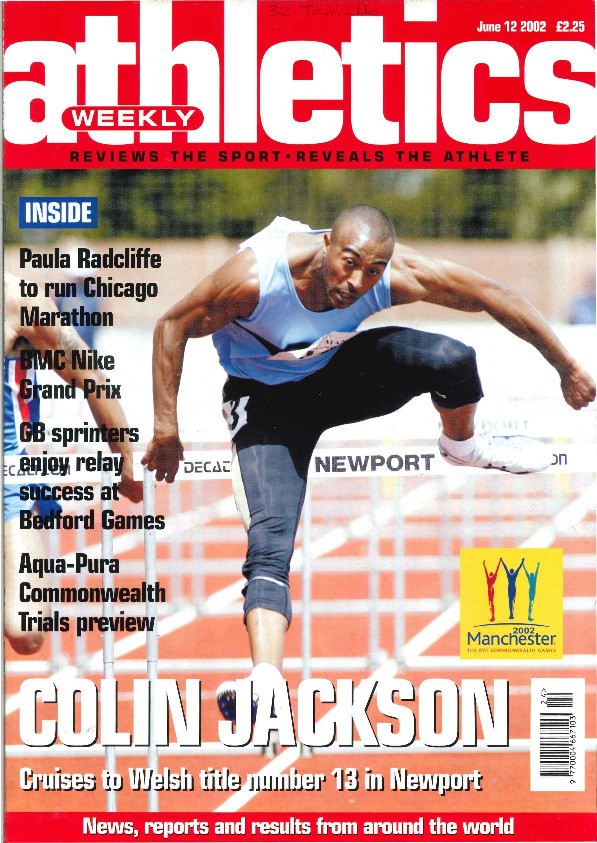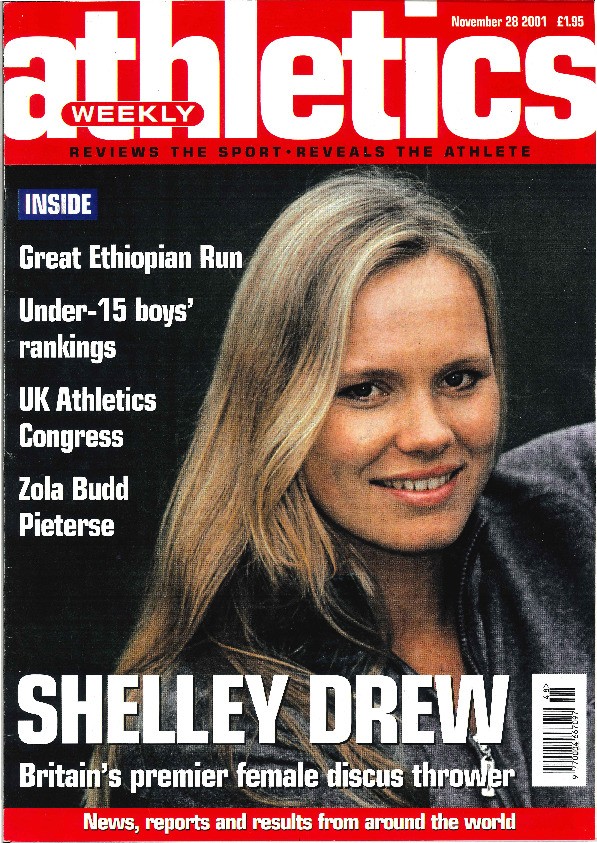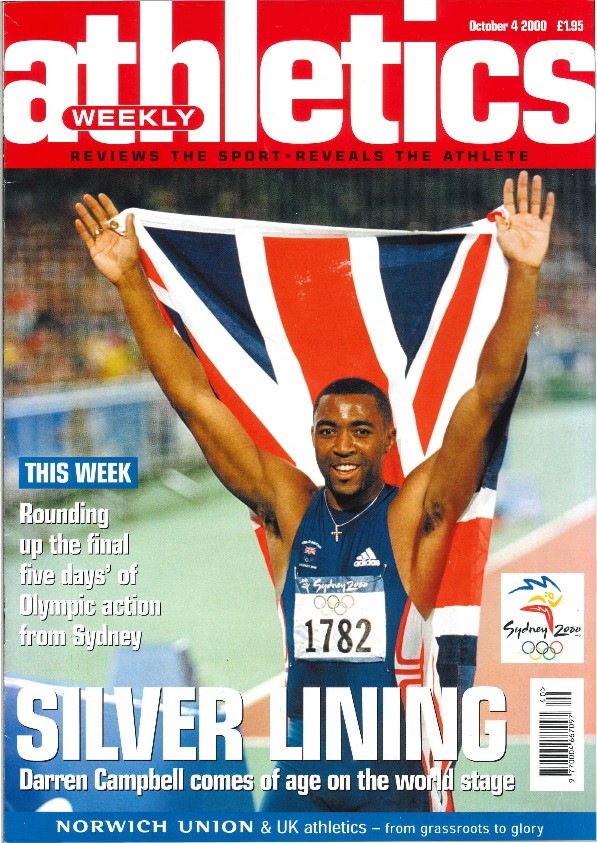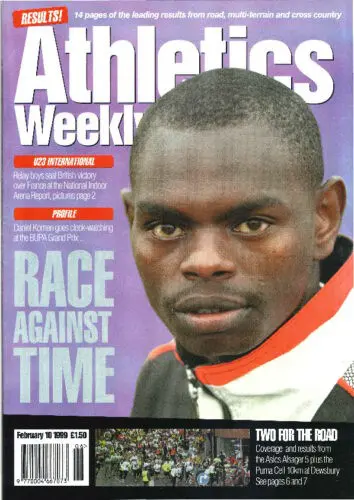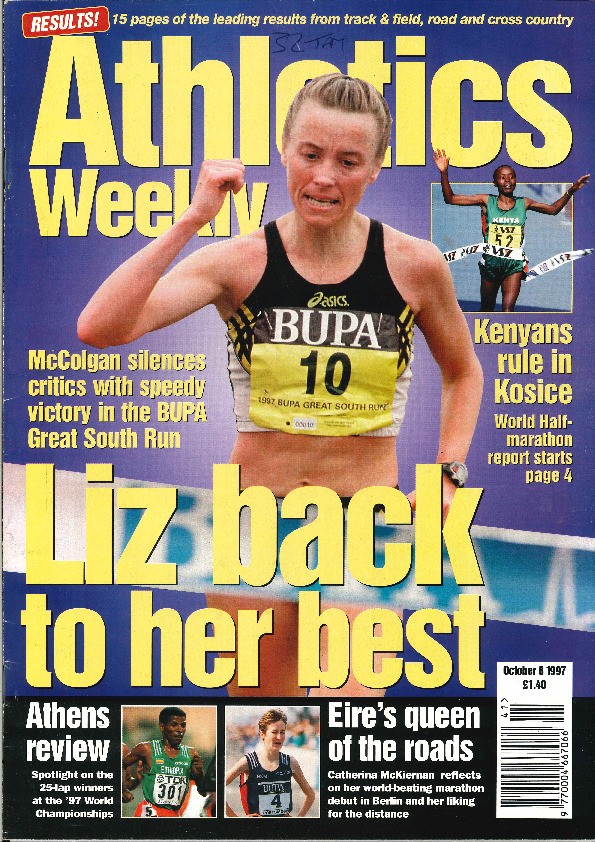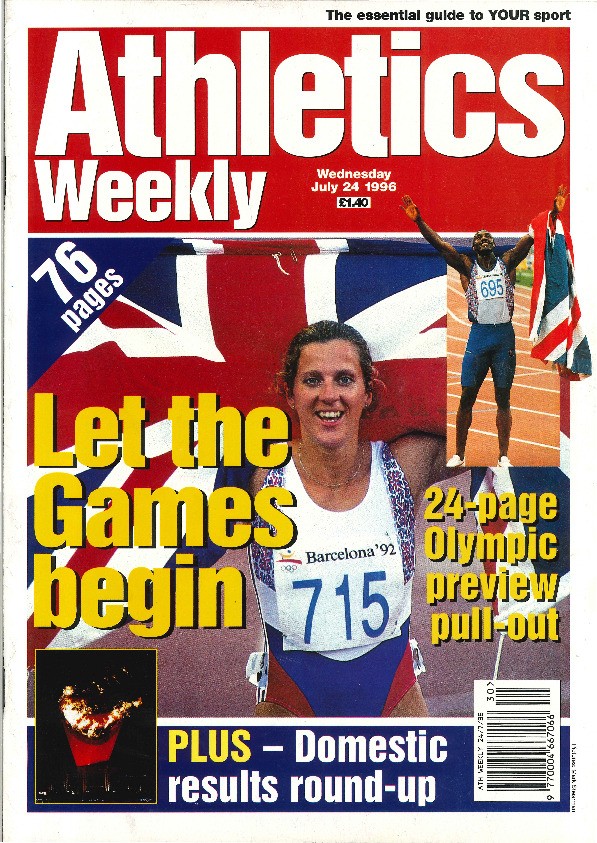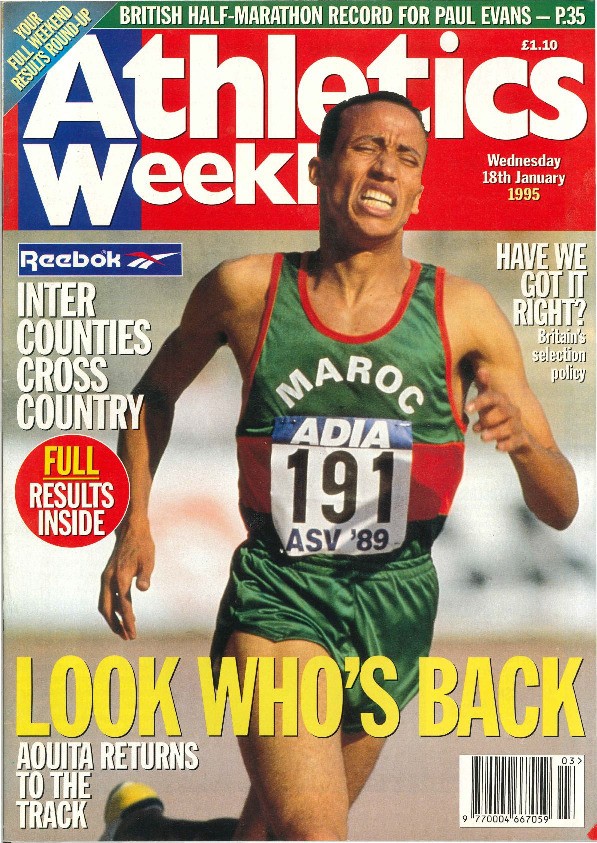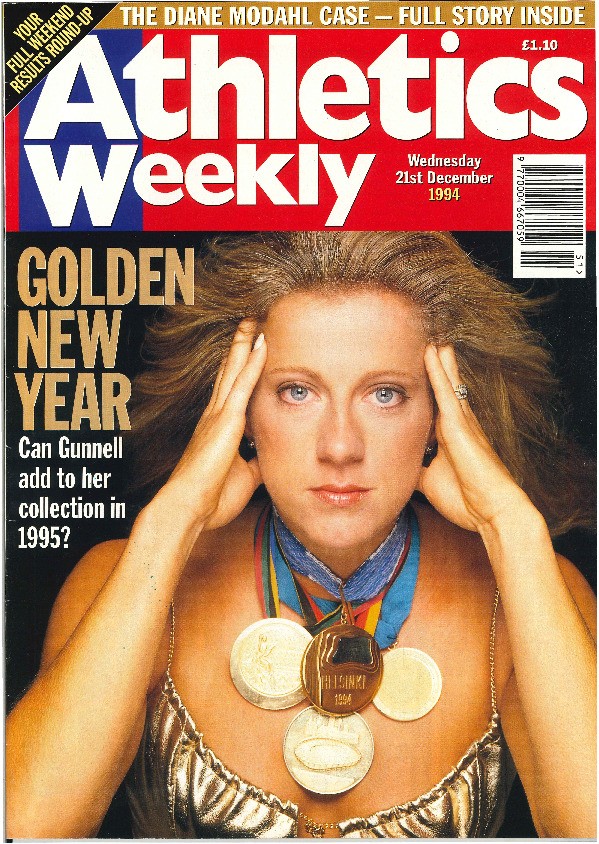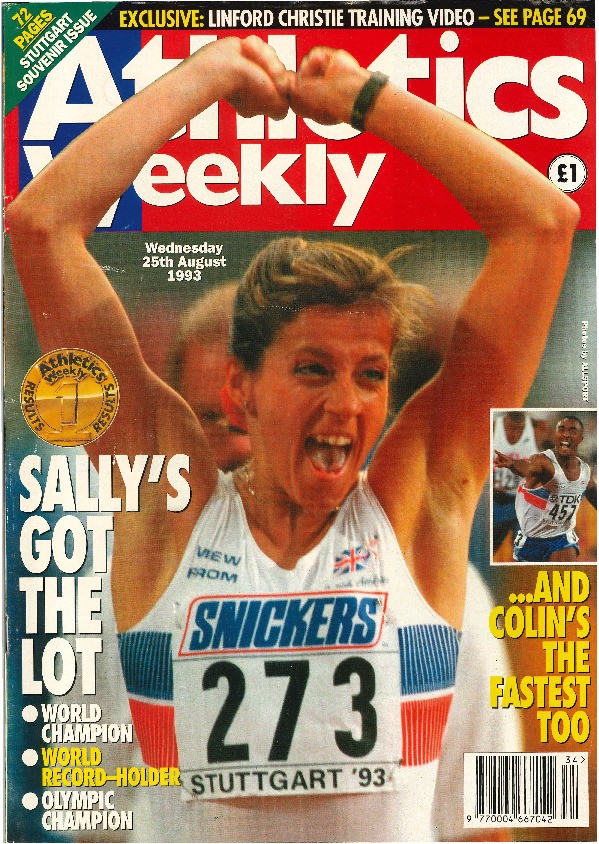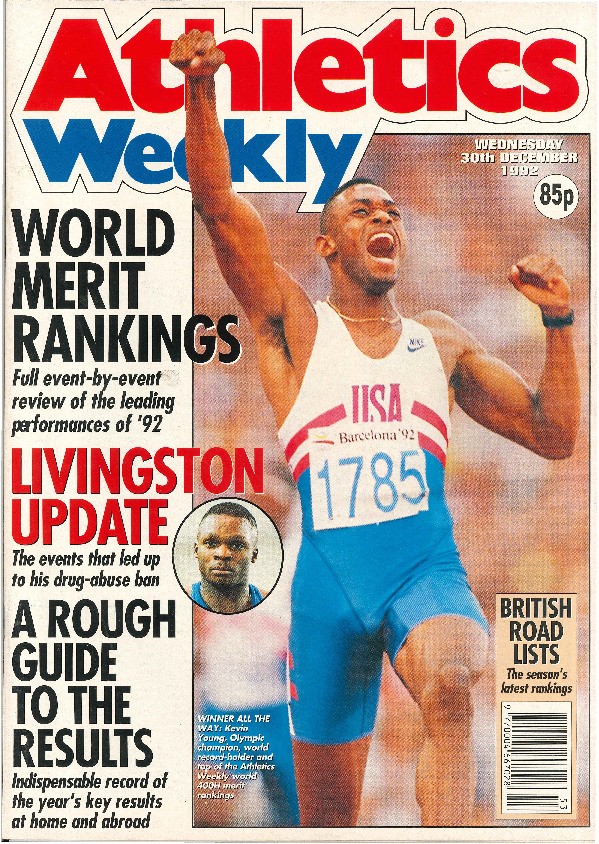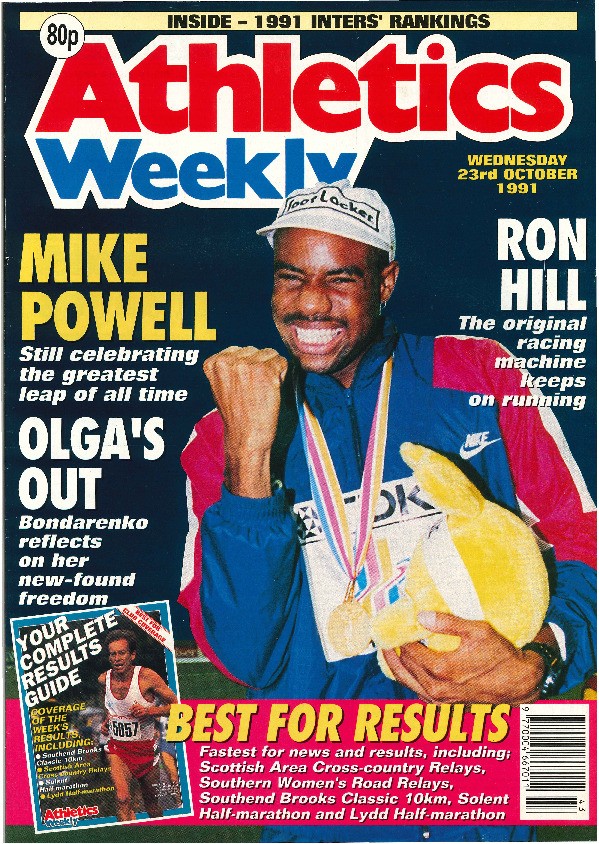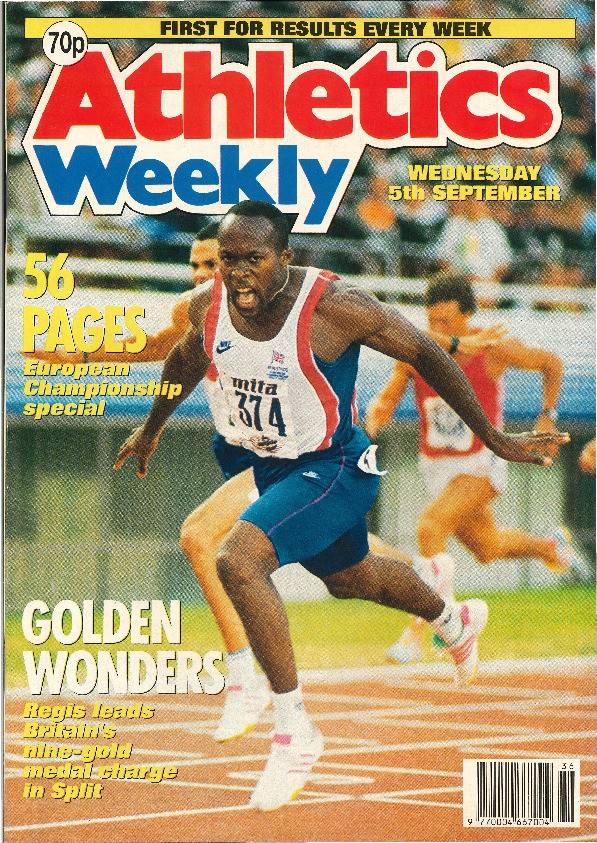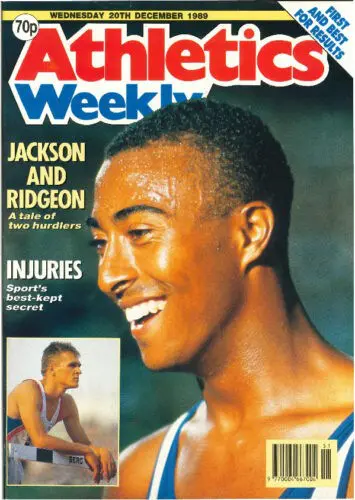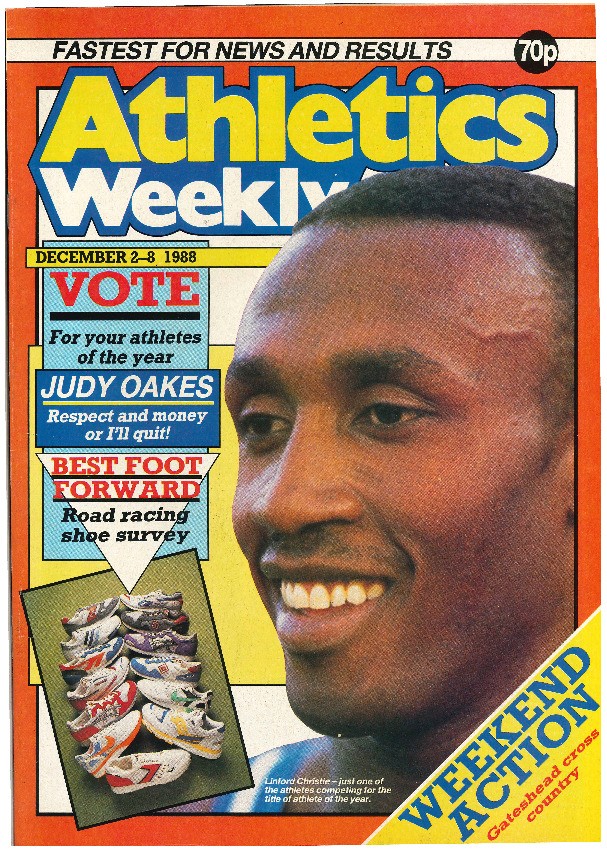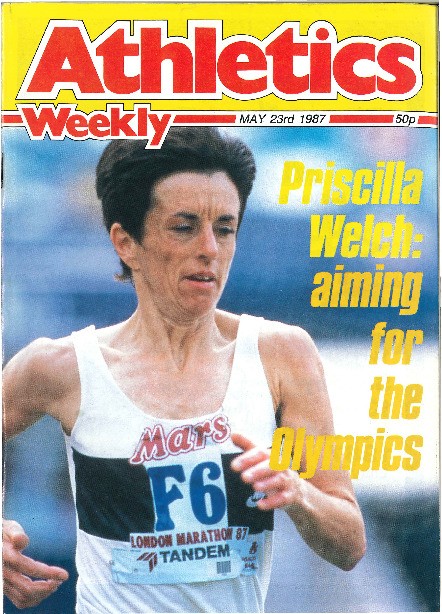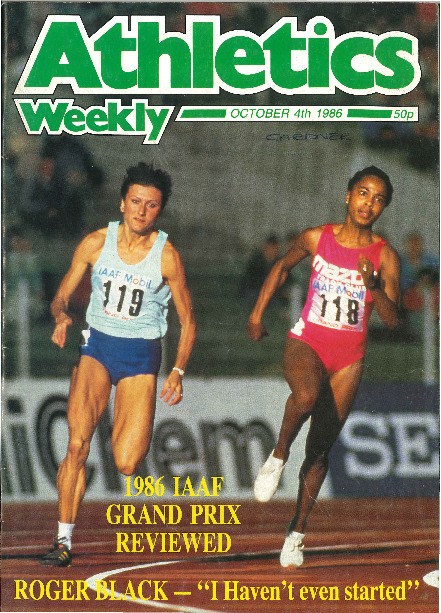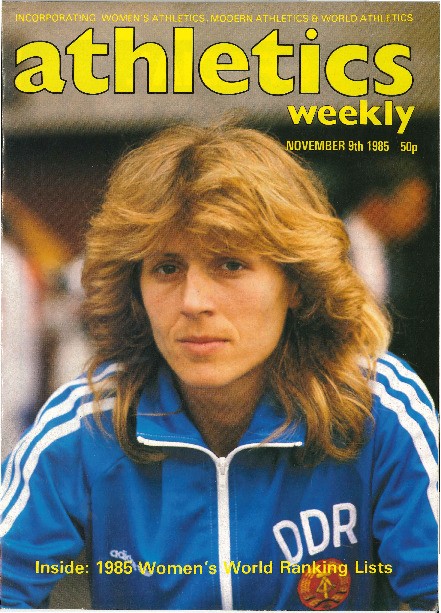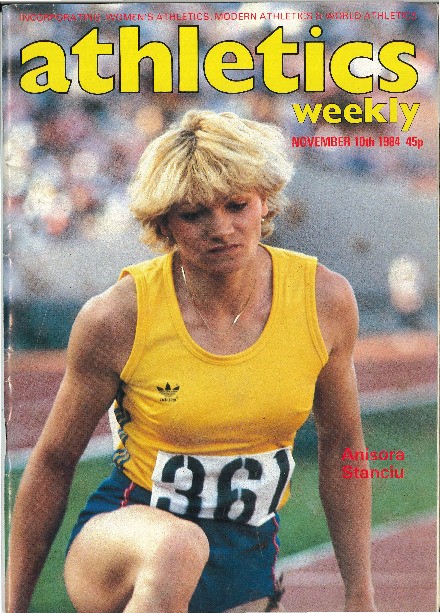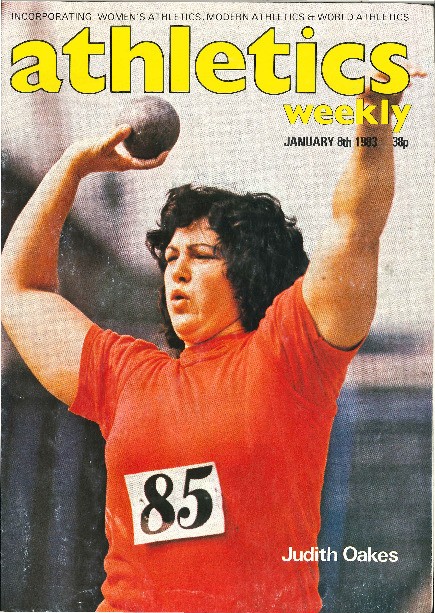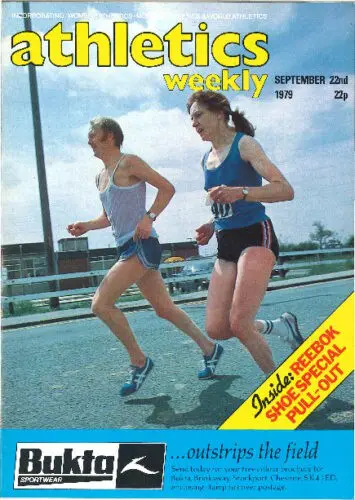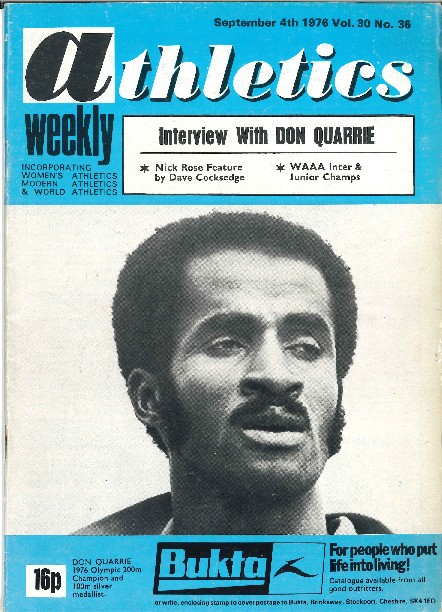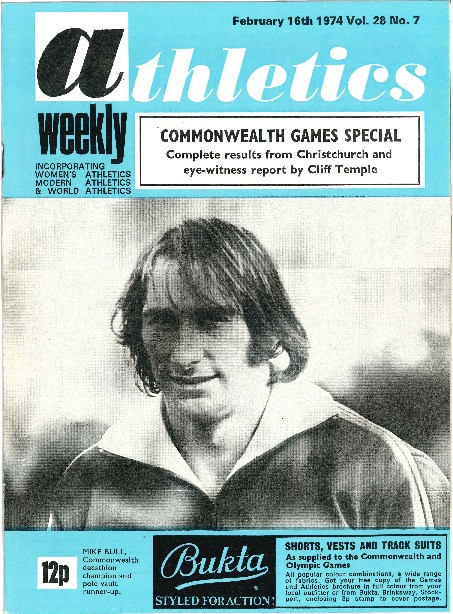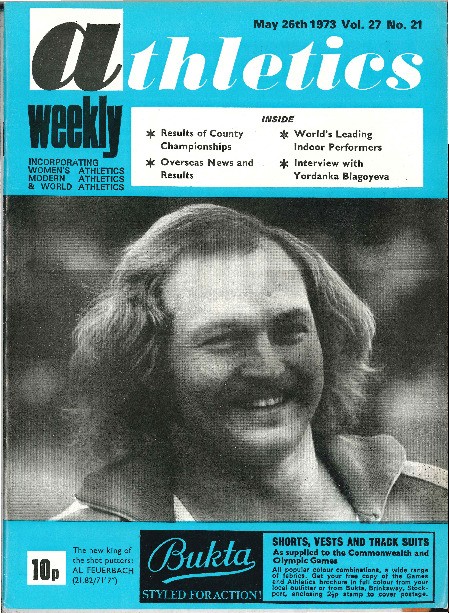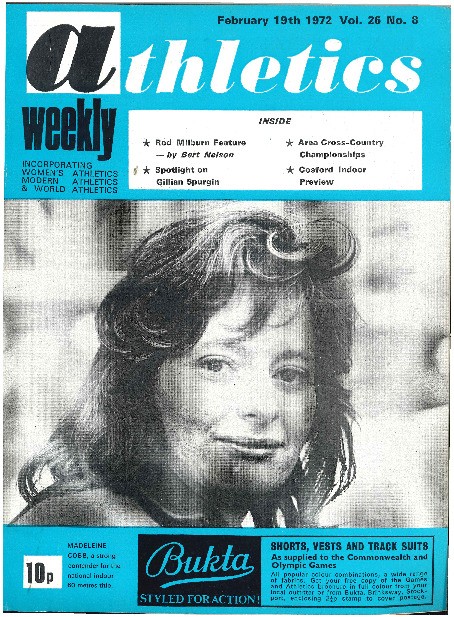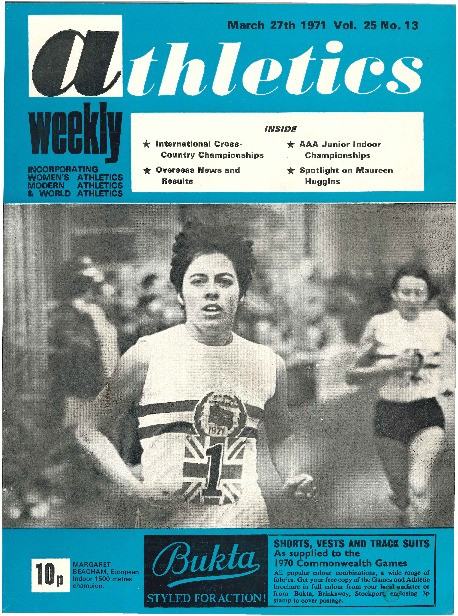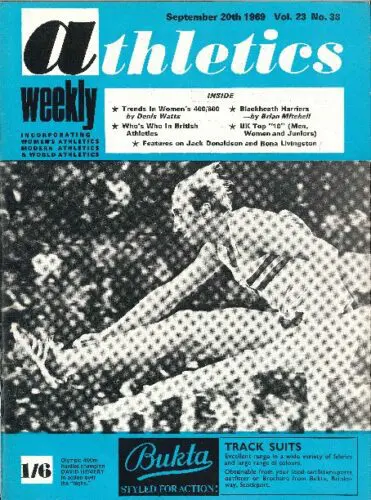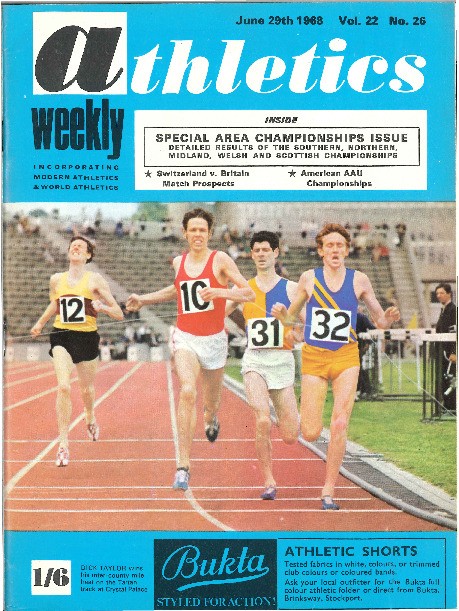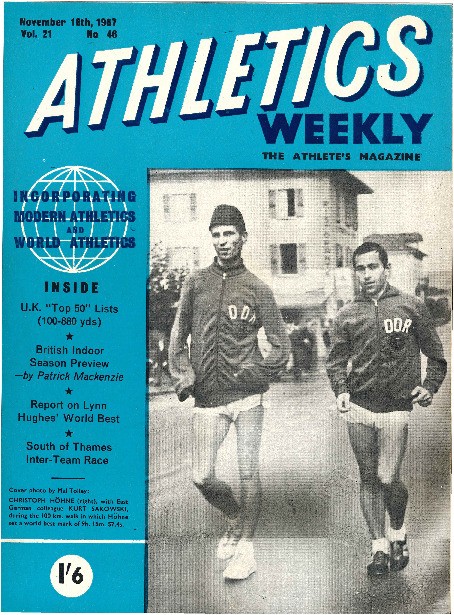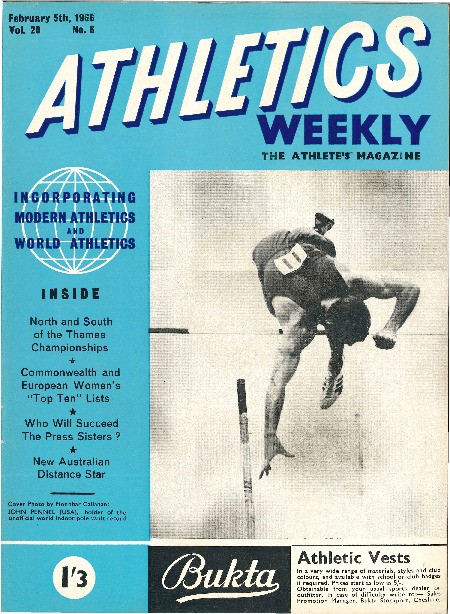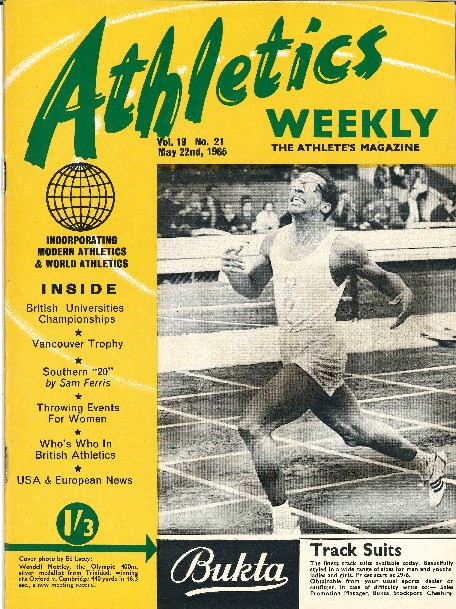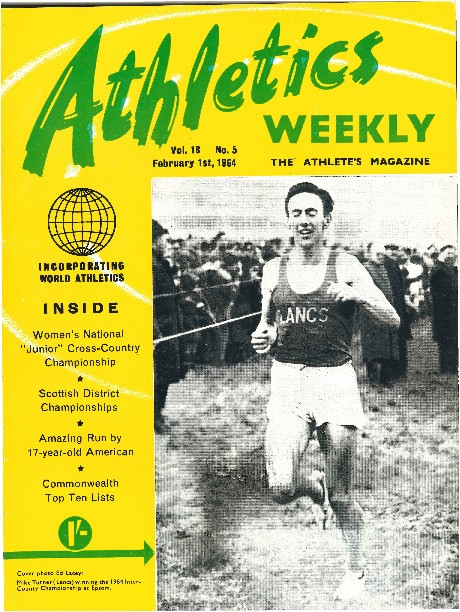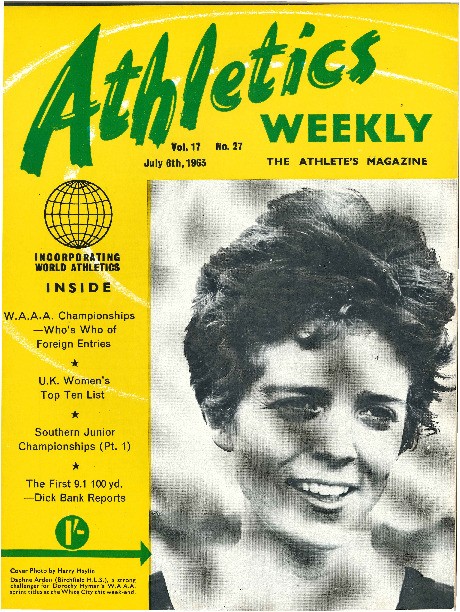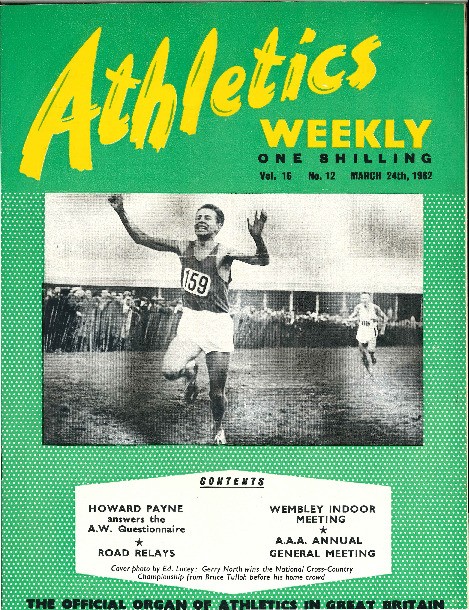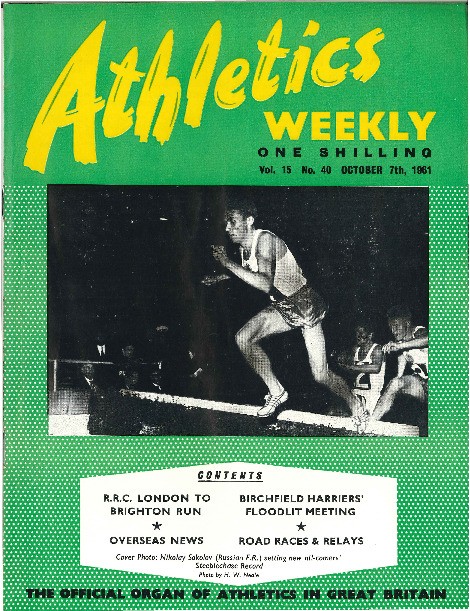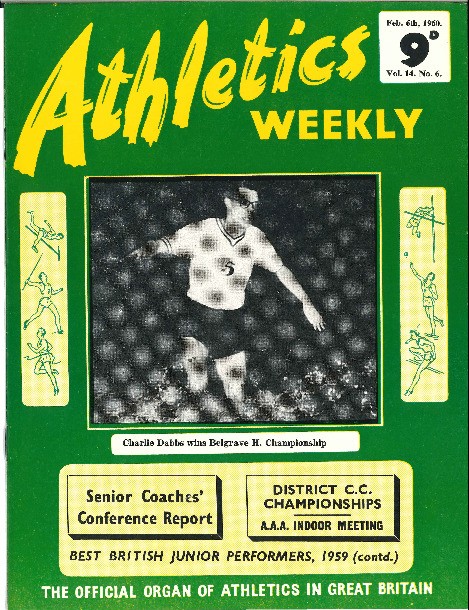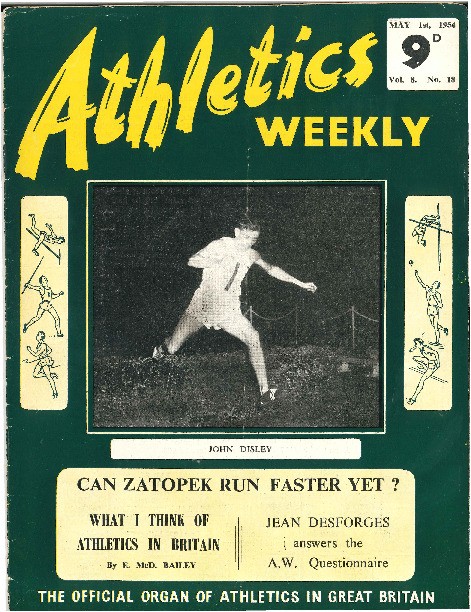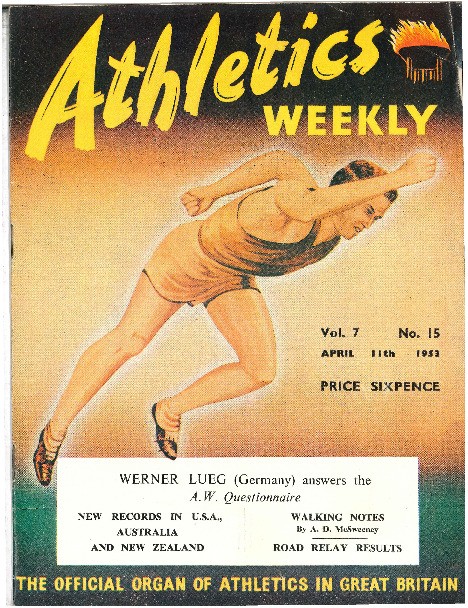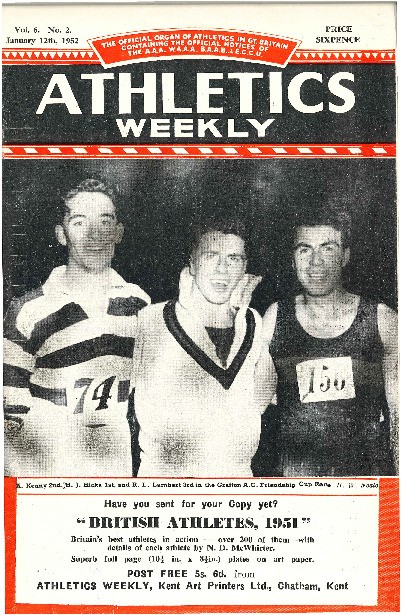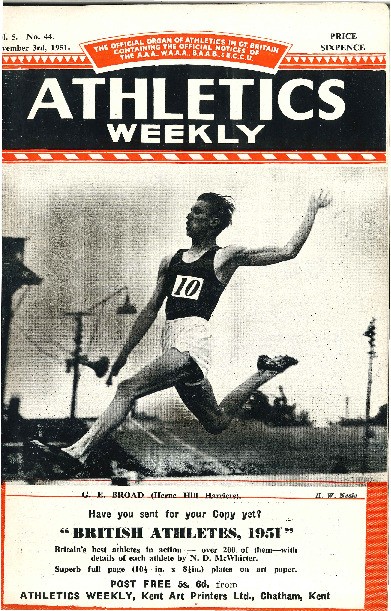2010's
The 2010s were a golden era for British athletics, marked by unprecedented success on the global stage, largely spurred by the anticipation and delivery of the London 2012 Olympic Games. This decade saw a significant uplift in funding and focus on elite sports performance, yielding remarkable results.
Mo Farah became a household name, achieving the "double-double" – winning both the 5000m and 10,000m at the London 2012 and Rio 2016 Olympics, solidifying his status as one of the greatest long-distance runners of all time. Jessica Ennis-Hill captivated the nation with her heptathlon gold at London 2012, adding a world title in 2015 before securing Olympic silver in Rio. Greg Rutherford completed the "Super Saturday" trio in London with his long jump gold, later adding World and European titles.
Beyond these iconic figures, British athletics showcased depth in various disciplines. Christine Ohuruogu continued her strong 400m career with Olympic silver in 2012 and a World Championship gold in 2013, adding to the global golds she had won back in 2007 and 2008. The relay teams frequently won medals at major championships, demonstrating strong collective talent. Athletes like Dai Greene (400m hurdles world champion in 2011) and Holly Bradshaw (pole vault) also achieved notable success.
The decade culminated with British athletes consistently competing at the highest level, reflecting a successful investment in talent development and high-performance programmes. While individual stars shone brightest, the consistent medal haul across various events underscored a period of remarkable strength for British athletics.
2000's
The 2000s were a significant decade for British athletics, marked by both triumphs and challenges. The Sydney 2000 Olympics set a positive tone, with British athletes securing 28 medals across various sports, including notable athletics golds for Denise Lewis in the heptathlon and Jonathan Edwards in the triple jump.
Kelly Holmes also began to establish herself with a bronze in the 800m.
The decade belonged to individuals who overcame adversity to achieve greatness. Paula Radcliffe dominated women's long-distance running, setting world records in the marathon – culminating in a best of 2:15:25 – and European records in the 10,000m. Her consistency and determination made her a global icon. Similarly, Kelly Holmes achieved her career pinnacle at the Athens 2004 Olympics, securing an incredible 800m and 1500m double gold after years of injury setbacks.
Phillips Idowu emerged as a prominent figure in the triple jump – taking over from world record-holder Jonathan Edwards – and by the end of the decade, Jessica Ennis-Hill was beginning her ascent in the heptathlon, winning her first major outdoor title at the 2009 World Championships. The relays also saw success, with British sprint and middle-distance relay teams consistently competitive on the international stage.
While these individual successes were celebrated, British athletics also grappled with issues such as doping scandals involving some athletes, which cast a shadow over the sport. However, the sheer talent and resilience of athletes like Radcliffe, Holmes and Idowu ensured that British athletics remained a force to be reckoned with, laying the groundwork for future successes in the following decade.
1990's
British athletics in the 1990s was a period of both significant individual triumphs and a growing awareness of the need for structural change, particularly concerning funding.
The early to mid-90s saw some iconic performances from British athletes on the global stage. Linford Christie dominated the sprints, winning Olympic gold in the 100m at Barcelona in 1992 and the World Championship title in 1993. Sally Gunnell became a national hero with her Olympic gold and world record in the 400m hurdles in 1992 and 1993 respectively.
Colin Jackson was another consistent force in the 110m hurdles, securing multiple World and European titles. Steve Backley was a prominent figure in javelin, earning Olympic medals and European titles throughout the decade. The relay teams, particularly the men's 4x400m squad featuring talents like Kriss Akabusi and Roger Black, also enjoyed considerable success.
Despite these individual shining lights, the 1996 Atlanta Olympics proved a wake-up call for British sport, with a disappointing medal haul of just one gold, with the GB athletics squad winning ‘only’ six silver medals. This poor showing, alongside increasing calls for a more robust system, coincided with the introduction of the National Lottery in 1994. While direct funding for elite athletes from the Lottery didn't fully come into effect until 1997, its establishment marked a pivotal shift towards dedicated financial support for sport, aiming to prevent future dips in performance.
The decade also saw some doping controversies, though often with athletes being cleared or the circumstances being debated. Overall, the 1990s were a mixed bag, with individual brilliance carrying the flag for British athletics while laying the groundwork for a more professional and well-funded era to come.
1980's
The 1980s were a golden era for British athletics, producing some of the sport's most iconic figures and thrilling rivalries. At the forefront were the middle-distance titans, Sebastian Coe, Steve Ovett, Steve Cram and Peter Elliott. Their captivating duels, particularly the intense Coe-Ovett rivalry, transcended the sport, becoming a national obsession.
The 1980 Moscow Olympics epitomized this era, with Coe and Ovett famously winning each other's specialist events – Ovett taking the 800m gold and Coe the 1500m. This unexpected turn of events, coupled with their subsequent world record exchanges in the mile, cemented their legendary status. Coe, with his smooth, elegant style, went on to set world records in the 800m, 1000m and mile, while Ovett, a more powerful runner, also claimed multiple world records in the 1500m and mile.
Cram later emerged as a formidable force, adding another layer to British middle-distance dominance with world records at 1500m, one mile and 2000m during the summer of 1985. Another star, David Moorcroft, smashed the world 5000m record with 13:00.41 in Oslo in 1982.
Beyond the track, Daley Thompson reigned supreme in the decathlon, securing back-to-back Olympic gold medals in 1980 and 1984, in addition to winning gold at the inaugural World Athletics Championships in Helsinki in 1983. Other notable athletes of the decade included javelin throwers Fatima Whitbread and Tessa Sanderson, who also had a fierce rivalry, plus sprinters like Allan Wells, who won 100m gold in Moscow.
British athletics in the 80s was characterized by incredible talent, fierce competition and a captivating narrative that truly captured the nation's imagination. It was a period of sustained excellence that left an indelible mark on the sport's history.
1970s
The 1970s represented a fascinating and somewhat transitional decade for British athletics, characterized by both individual brilliance and the burgeoning shift towards a more professionalised sport.
While the amateur era was still prevalent, the seeds of change were being sown. The decade saw the rise of iconic figures who captivated the nation. Middle-distance running was a particular stronghold, with names like Dave Bedford and Brendan Foster becoming household names. Bedford set a world record in the 10,000m in 1973 with a tenacious, front-running style, cementing his place as a fan favourite. Foster, a multiple Commonwealth Games medallist and European champion, was also a dominant force in the 5000m and 10,000m.
Beyond these male stalwarts, female athletes also made their mark. Mary Peters won pentathlon gold at the 1972 Munich Olympics, showcasing incredible versatility. Sprinters like Sonia Lannaman and Sharon Colyear were part of successful relay teams.
Major events on home soil included the 1970 British Commonwealth Games in Edinburgh, where British athletes, including Scots like Ian Stewart and Lachie Stewart, achieved success. The Amateur Athletic Association (AAA) Championships, frequently held at Crystal Palace, remained the pre-eminent domestic meeting, often witnessing world-class performances.
Towards the end of the decade, the stage was being set for the golden era of British middle-distance running in the early 1980s, with the emergence of future legends like Sebastian Coe and Steve Ovett. The 1970s, therefore, served as a crucial foundation, fostering talent and gradually moving British athletics towards a more competitive and recognised global presence.
1960's
British athletics in the 1960s was a period of both notable achievements and significant challenges, particularly regarding the prevailing amateur ethos. While the decade saw some impressive individual performances, the amateur rules often constrained athletes, making it difficult for them to compete against state-sponsored international rivals.
At the 1960 Rome Olympics, British athletes secured eight medals in track and field, including a gold for Don Thompson in the 50km walk. Dorothy Hyman was a standout sprinter, winning silver in the 100m and bronze in the 200m.
The 1964 Tokyo Olympics saw further success, with Ann Packer winning gold in the 800m and silver in the 400m, while Mary Rand and Lynn Davies in the long jump and Ken Matthews in the 20km race walk also took gold in Tokyo. Lillian Board also emerged as a prominent figure, winning silver in the 400m at the 1968 Mexico City Olympics.
However, the amateur system often forced athletes to choose between financial stability and their sporting careers. Figures like Gordon Pirie, a leading long-distance runner, were compelled to retire due to the financial burden of competing as an amateur. Dorothy Hyman also faced struggles in funding her career. The International Olympic Committee's rigid amateur rules, which even prohibited athletes from profiting from autobiographies, meant that many athletes secretly accepted payments or used false names to compete for money.
The decade also marked a shift in government involvement in sport. In 1964, Harold Wilson's Labour government appointed the first Minister for Sport, Denis Howell, and established the Sports Council, signaling a move towards greater state support for both elite and grassroots sport. This gradual shift away from the strict amateurism of earlier decades laid the groundwork for a more professionalised future in British athletics.
1950s
The 1950s were a "golden age" for British athletics, particularly in middle and long-distance running. This era was characterized by the success of amateur athletes competing against a backdrop of government- or company-sponsored rivals from other nations.
The most iconic moment of the decade – and perhaps in British sporting history – came on May 6, 1954, when Roger Bannister broke the four-minute mile barrier, running 3:59.4 at Iffley Road in Oxford. This monumental achievement, assisted by pacemakers Chris Chataway and Chris Brasher, captured global attention and redefined what was thought possible in human athletic performance.
Beyond Bannister, British runners consistently made their mark on the world stage. Chris Chataway himself was a formidable talent, setting a world record in the 5000m in 1954, beating the formidable Vladimir Kuts. It was a performance that earned Chataway the BBC Sports Personality of the Year award, ahead of Bannister.
Chris Brasher went on to win gold in the 3000m steeplechase at the 1956 Melbourne Olympics. Derek Ibbotson also made headlines, earning a bronze in the 5000m at the same Olympics and setting a world record for the mile in 1957. Another popular figure was Gordon Pirie, a three-time British cross-country champion who broke the 3000 meters world record twice in 1956.
While the emphasis was often on male runners, the British Empire Games (now Commonwealth Games) in 1950 in Auckland saw British athletes competing strongly across various disciplines, including women's events. Throughout the decade, the AAA Championships at White City Stadium served as a crucial domestic proving ground for these emerging talents.
The 1950s truly cemented Britain's reputation as a powerhouse in track and field, especially in endurance events.
1940's
British athletics in the 1940s was largely defined by the shadow of World War II and its aftermath. The early part of the decade saw significant disruption, with international competitions like the Olympic Games (scheduled for 1940 and 1944) cancelled. Many male athletes enlisted in the armed forces, impacting the depth of talent and the frequency of competitive events at home. Clubs struggled to maintain membership and regular fixtures.
Despite the challenges, efforts were made to keep the spirit of athletics alive. Local and regional competitions continued where possible, sometimes featuring service personnel. The focus shifted from elite international performance to maintaining morale and providing recreation on the home front.
As the war drew to a close in 1945, there was a concerted effort to rebuild and reinvigorate British athletics. In December 1945, for example, the sport was flourishing so well that there was an appetite for an athletics magazine in Britain – and AW was born, initially as a monthly publication called Athletics.
Apart from the creation of AW, the most significant event of the decade for British athletics was undoubtedly the 1948 London Olympic Games. Held amidst ongoing rationing and post-war austerity, these "Austerity Olympics" were a testament to resilience.While new facilities were scarce, existing venues like Wembley Stadium were utilised.
Notable British athletes of the era include Sydney Wooderson, dubbed "The Mighty Atom," a middle-distance runner whose career peaked in the late 1930s and early 1940s. He held world records in the mile and 800m. Although his prime was affected by the war, he still made a significant impact. Lord Burghley, an Olympic gold medallist from earlier years, played a crucial administrative role, becoming IAAF President in 1946 and chairman of the organising committee for the 1948 Olympics.
The 1940s was a period of survival and rebuilding for British athletics, culminating in the symbolic and successful hosting of the 1948 Olympic Games, which helped to re-establish the sport on the international stage.

